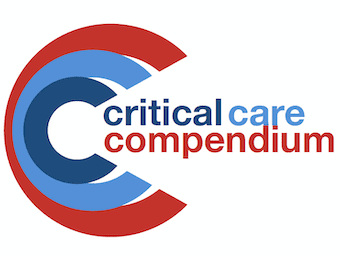
Breaking Bad News to Patients and Relatives
Bad news has been defined as “any information which adversely and seriously affects an individual's view of his or her future” (Baille et al, 2000). Effective communication doesn't happen by chance, it requires a systematic, considered approach
